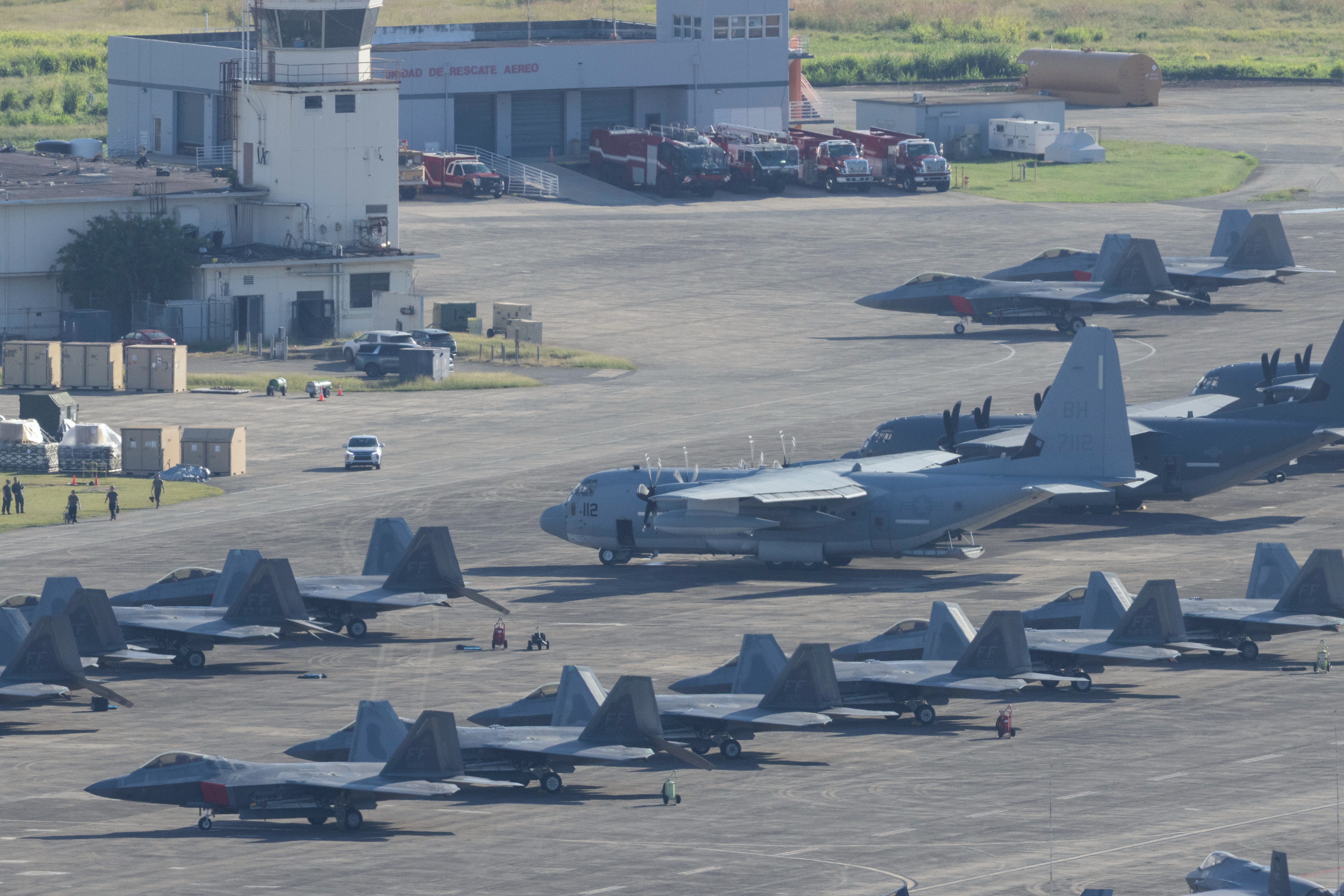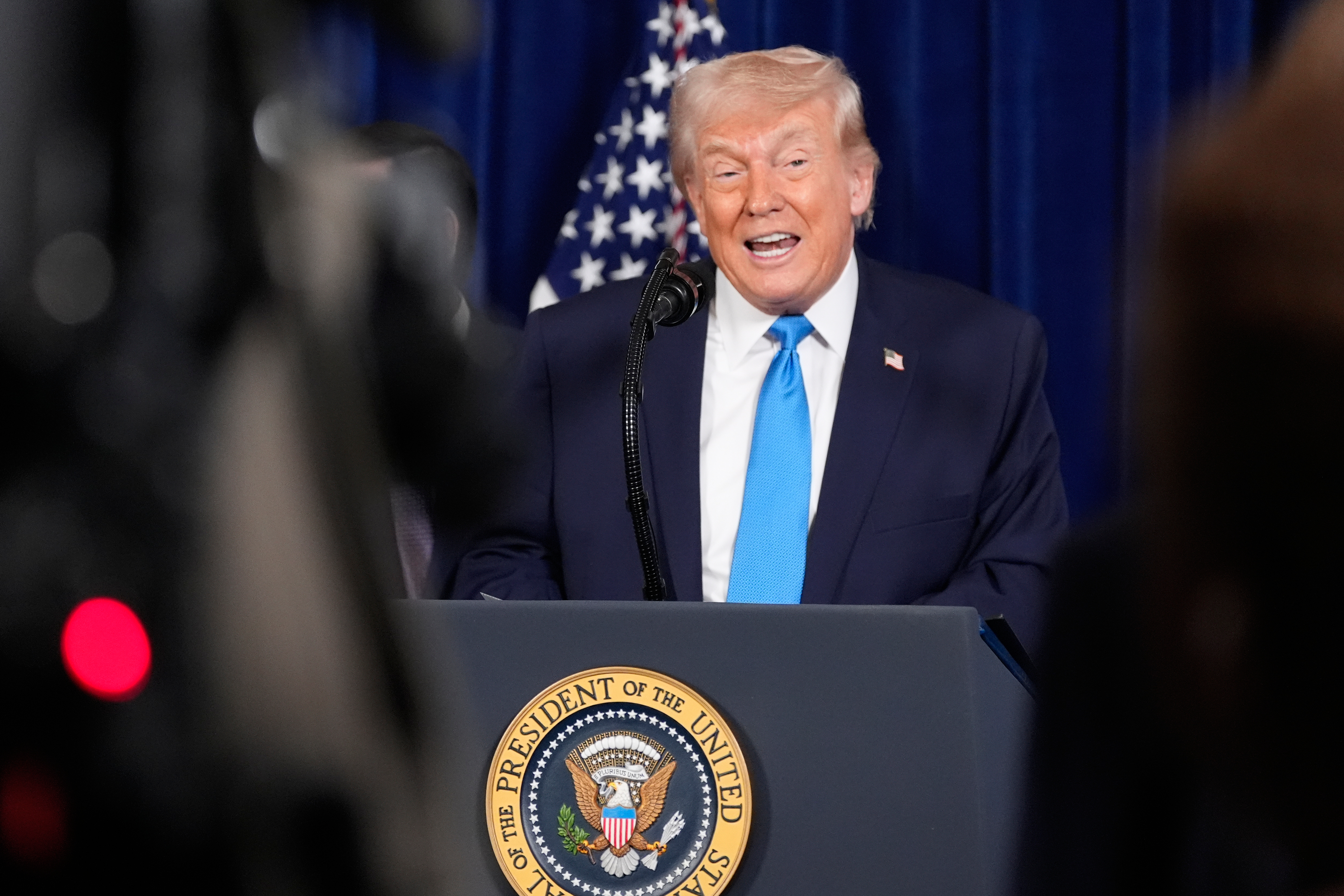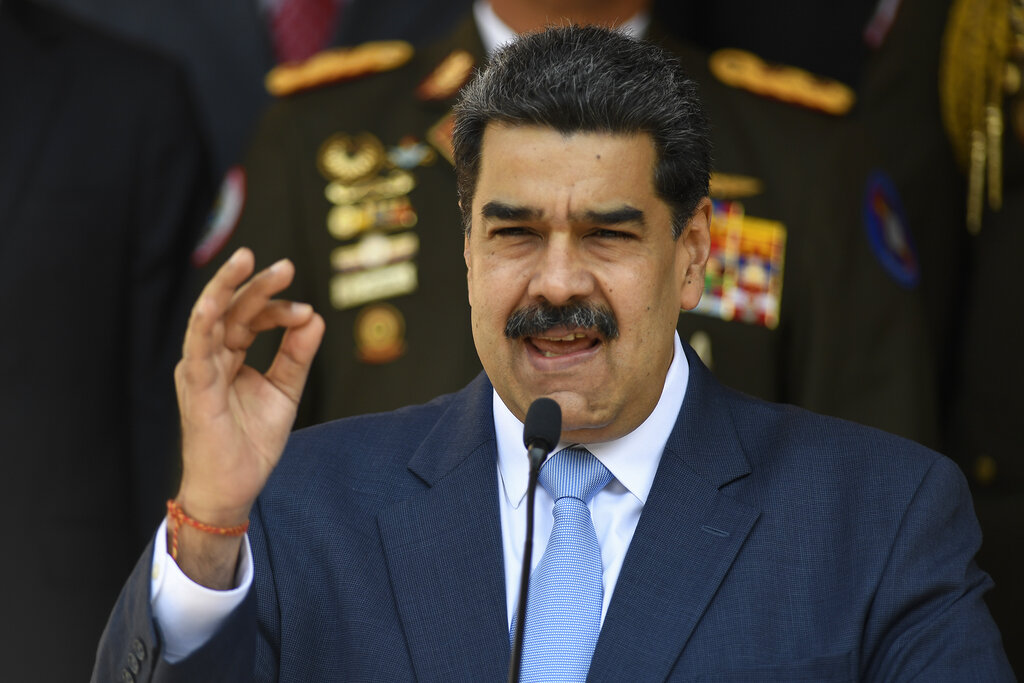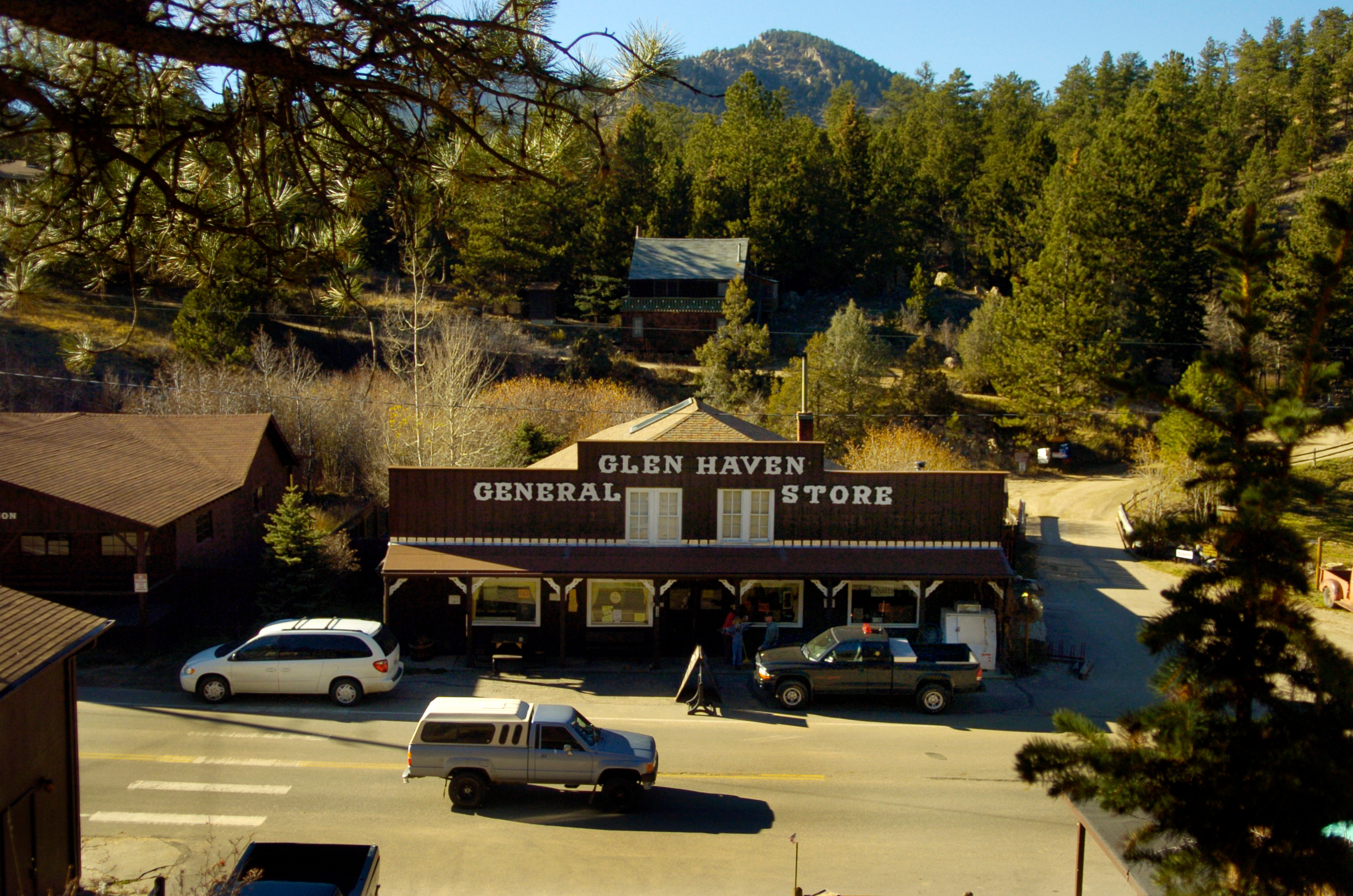Amid the tall ceilings of a massive lab, innovation is bubbling to the surface.
"We're trying to convert the food waste to bioplastic," said Drew Wang, the principal investigator of a new project at Virginia Tech's College of Agriculture and Life Sciences.
Wang, along with Ph.D. student researchers Md Sazzadul Haque, Collins Ugwu and Xueyao Zhang, are looking at how to turn the food we throw out into a biodegradable plastic we can all use.
"Plastic going to the landfill, food waste going to landfill, where they don't do anything good there," Wang said. "Is there any way to solve the two problems in one technology?"
It's a dual problem putting up big numbers. The U.S. throws out 119 billion pounds of food and approximately 40 million tons of plastic waste every year, according to the nonprofit Feeding America.

Upcycled plastic can be turned into soap, researchers find
More than 60 million plastic water bottles go into landfills and incinerators every day, according to the Container Recycling Institute.
That's where the researchers' innovation comes in. Using bacteria, they turned the food waste into a material that can be used to make biodegradable plastic.
The USDA is keen on the idea and recently granted the project $2.4 million to turn the idea into one that can be scaled up to industrial-size levels, potentially within three years.
"The key is not the product," Wang said. "It's the affordability of the technology."
First, though, there's a dirty job that needs to get done: collecting the needed food waste.
"We went to Hunan King restaurant to get this raw form of food waste," said Collins Ugwu, a graduate student on the research team. "We need to separate some recyclable waste from the food waste, to make it a pure food waste."

Why does the US waste so much food?
In the U.S., about a third of the food produced is never eaten. That’s about 90 billion meals' worth each year.
Once that happens, the process gets even smellier.
"It smells not very good — like feet," Wang said, adding with a smile, "Smells like money, we call it."
It "smells like money" because the technology potentially can make money two ways. First, restaurants and commercial food businesses would pay them to take their food waste away and secondly, the waste creates biodegradable plastic they can sell.
"It's like a double dip. We earn the money twice," Wang said. "So, that's how to make this technology profitable, sustainable."
When all is said and done, the food waste looks like little plastic pellets. The final plastic product can be used in anything from the lining of paper cups to actual plastic bottles. All of it is made from discarded food once destined for the landfill and now getting a new purpose.











